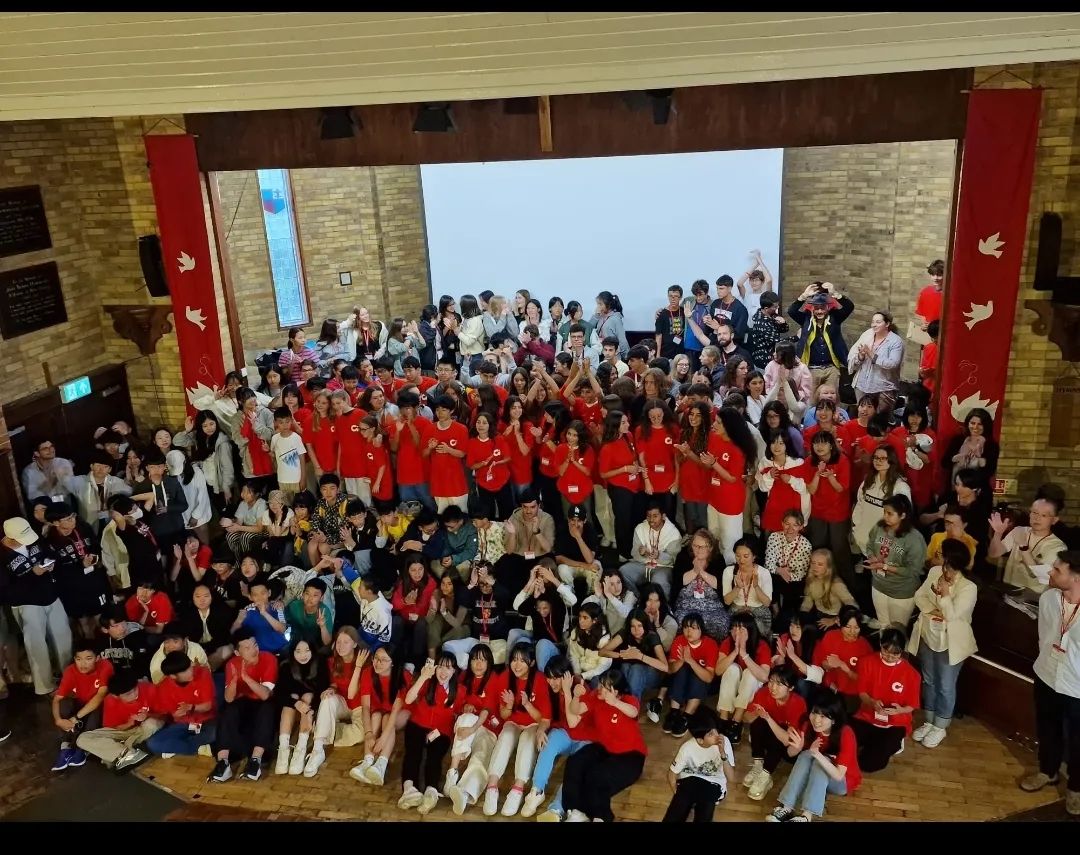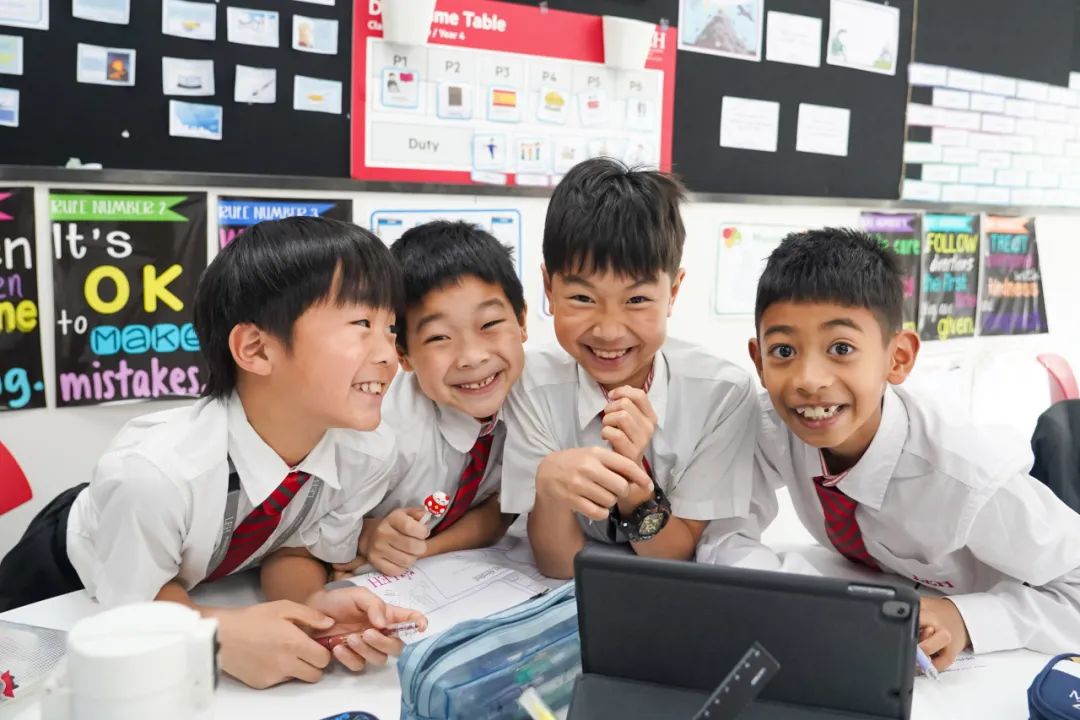2023-01-09发布于广东

Recently, our Year 1A homeroom teacher Mr. Stuart gave a lecture about Cambridge Primary - Successful Learning in a Cambridge International School.
近日,我们的一年级班主任Stuart老师做了一场关于剑桥国际教育体系小学阶段的讲座:在剑桥国际学校迈向成功。
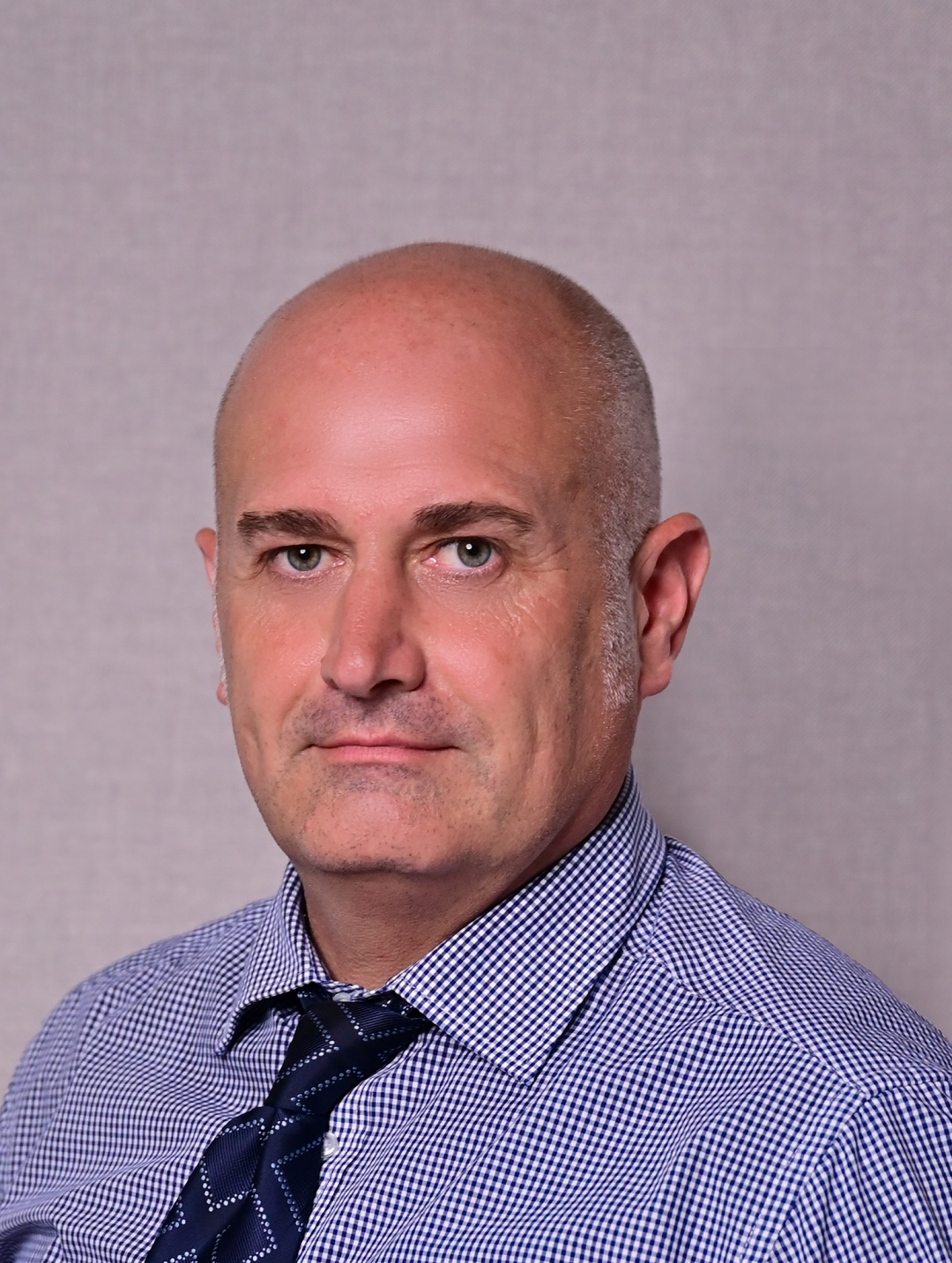
Stuart Hallam
Year 1 一年级
British 英国
Learning Styles 学习风格
The first thing that's important is in an international school in a good primary setting, it's important that we recognize this different learning styles for the children. These three prominent learning styles, they are visual, auditory, and kinaesthetic.
首先重要的是在一所小学环境良好的国际学校,重要的是我们要认识到孩子们的这种不同学习方式。这三种突出的学习方式分别是视觉型的学习者和听觉型的学习者和动觉型的学习者。
Any one child isn't gonna be predominantly all of one of any of them. A child might be 60% visual, 20% auditory and 20% kinaesthetic. When we teach and learn in the lessons, the teacher needs to ensure that every one of these three learning components is incorporated into the lesson.
对于每个孩子来说,学习模式都是混合型的,一个孩子可能有 60% 的视觉能力、20% 的听觉能力和 20% 的动觉能力。当我们在课堂上教与学时,教师需要确保这三个学习组成部分中的每一个都融入到课程中。
Differentiation of Learning Tasks
差异化学习任务
It is a fact that children will enter schools at different levels of ability
事实上,孩子在进入学校的时候,能力是有不同的级别的。
It is the role of the teacher to cater for this different levels and make the learning accessible for all
老师的责任是去适应每一种不同级别孩子的需要,并且让学习内容适合每一位孩子。
It could be that three or four activities are taking place at an one time during a lesson, but this is necessary so all children have the same opportunity to learn and make great progress
在一节课程一般会有 3-4 种不同的教学活动在同时发生,但是这是必须的因为这样所有的孩子才有平等的机会去学习和取得最大的进步。
Classroom Environment 教室环境
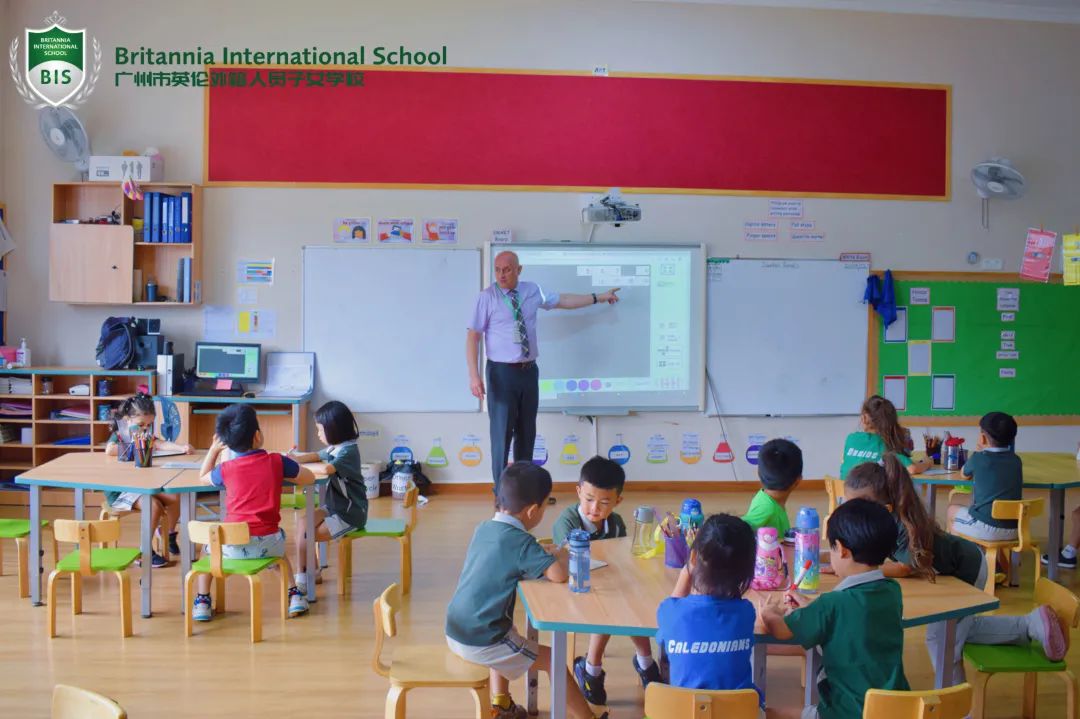
The classroom should stimulate the child, and give them the chance to reflect as well as being a tool for learning
我们的教室可以激励孩子,让他们有机会反思,并成为帮助孩子学习的工具
The classroom should be friendly, where children do not feel afraid to give answers, right or wrong, and feel confident to express themselves
我们的教室是友好的,孩子们在这里不害怕犯错,并有信心表达自己
Assessment 评估
There are three times when the children are assessed formally; start, middle and end of the academic year
我们每年会对学生进行三次的正式评估:学年开始、中期和结束
Assessment is continuous and can be formal or informal, but the main use of assessment is to inform the teacher of the next steps in a child's’ education
评估是持续的,可以是正式的,也可以是非正式的,但评估的主要用途是告知老师孩子教育的下一步
Children are also encouraged to be self reflective and assess their own work in order to see where, and how, they can improve themselves
我们也会还鼓励儿童自我反思,评估自己的学习,以了解他们可以在哪里以及如何提高自己
To Promote and Teach the Children to be Reflective
促进和教导孩子们反思
The most powerful learning occurs when a child is able to reflect on their own work and decide how it can be improved. This is proven by many studies including the study by the Journal of Human Psychology, Evelyn M. Boyd & Ann W. Fales 1983, who stated:
‘Reflective learning consists of six stages, including abstract and description, thus helping the process for personal change and growth, for facilitating learning from experience and changing outlooks and perspectives’
最强有力的学习发生在当孩子有能力反思他们自己的学习,并决定如何让他们自己的学习获得改善的时候。这个结论已经被许多研究证实,包括一项由《人类心理学杂志》,Evelyn M. Boyd 和 Ann W. Fales 1983 年完成的研究,研究说:
“反思性学习包括六个阶段,包括摘要和描述,从而有助于个人改变和成长的过程,促进从经验中学习,改变视角和观点”
Put simply reflective learning is the most powerful form of learning.
在学习中加入即使最简单的反思过程也能成就是最强大的学习。
Learning Culture 学习文化
* It is essential to create a culture of learning where children are not afraid to answer or try, and make mistakes
我们创造一种学习文化,让孩子们不害怕回答或尝试,也不害怕犯错
* Only by making mistakes will a child learn
只有通过犯错,孩子才会真正习得
* Learning is all about exploring and understanding how and why things work, not just the end result
学习是探索和理解事物如何运作以及为什么运作,而不仅仅是最终结果
* The culture of learning should promote support, enjoyment and self value of achievement
学习的文化应该鼓励支持,享受学习以及自我价值的实现
Learning Triangle 学习铁三角
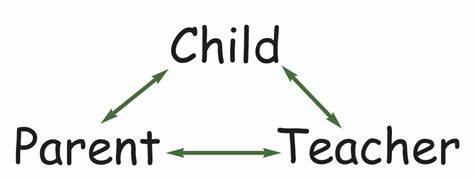
And something that's very important to remember is, it's not any one person or any institute's responsibility to help children to learn. In order for children to learn, it has to be an agreement and it has to be a triangle of an agreement. A child has to agree that they want to learn and they have to accept the responsibility of learning. A teacher has to help the child. And the parent also has to be involved, so the triangle of learning is also about creating a community of education.
需要记住的非常重要的一点是,帮助孩子学习不是任何人或任何机构的责任。为了让孩子学习,它必须是一个协议,它必须是一个三角结构,孩子必须是愿意学习的,他们必须接受学习的责任。老师必须帮助孩子。家长也必须参与进来,所以学习三角也是关于创建一个教育社区。

声明:本文内容为国际教育号作者发布,不代表国际教育网的观点和立场,本平台仅提供信息存储服务。
每天限50个名额
全国500所国际学校大全 / 3分钟匹配5-8所 / 1年名校升学备考托管服务




